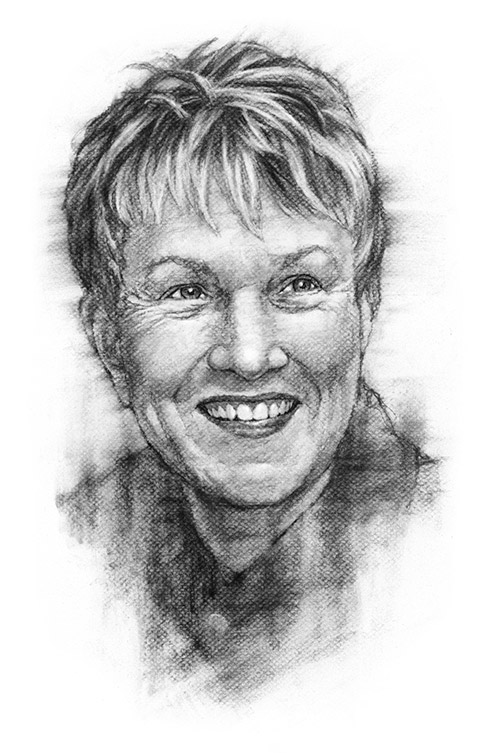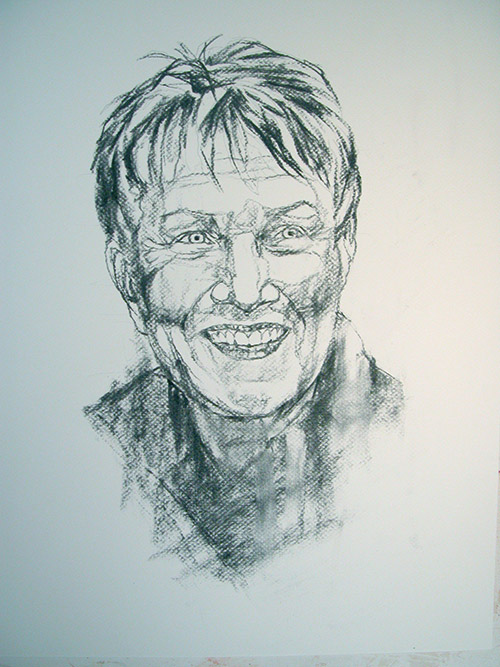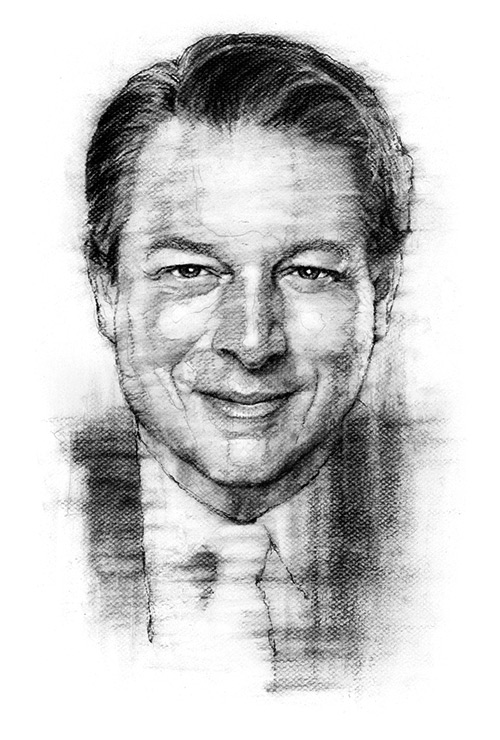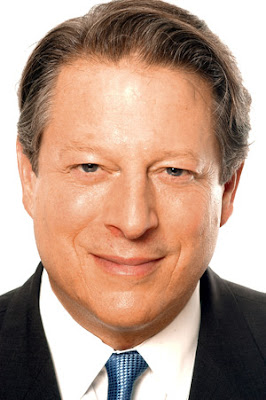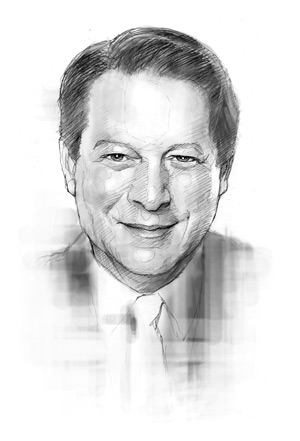
This is a book cover illustration of Sacajawea I recently completed for Harcourt Publishers -- a very fun job and a very cool job.
The project called for a fairly straightforward portrait of her at about age 17. Several challenges arose. My first became finding a model about that age and shooting photos in clothing and hair style that as closely as possible replicated my intended depiction.
The problem was, I didn't yet know what I wanted to depict or how I wanted to portray the figure. That usually comes after the photos are shot. I'll see some great lighting or unpredictable nuance that will drive the illustration.
I lucked out with the model -- a friend's daughter just happened to be the perfect age. I had a few ideas to get us started. Then, as we tried different angles, I started to zero in on the lighting and compositions that seemed to be working best. Things started to come together in my mind's eye. I took several hundred photos, and I cannot more greatly express how pleased I was with the shoot and resulting photos. That always bodes well for a job. The next task was weeding down the shots to a manageable number of the best, from which to create my sketches.
Hair and costume were the next challenges. Since there are no photos of Sacajawea, her face is fairly open to interpretation. We know she was a member of the Shoshone tribe and died in 1812. Of course, she was integral to the Lewis and Clark expedition. I scoured the net for others' depictions, as well as general research about her and her tribe, so as to not portray anything unacceptably inaccurate. I believe what I've depicted doesn't violate this goal. I integrated the clothing, necklace, hair style, hair decor, and braids after the photos were shot.
The end-goal for me was not just a straightforward portrait, but one that also says dignity and strength. I think that is accomplished with the expression, posture, lighting, and color.
I wished to keep the colors on the warm side, complimenting the reds and yellows within the figure. The subtle blues in the beads balances things out.
My preliminary sketches.

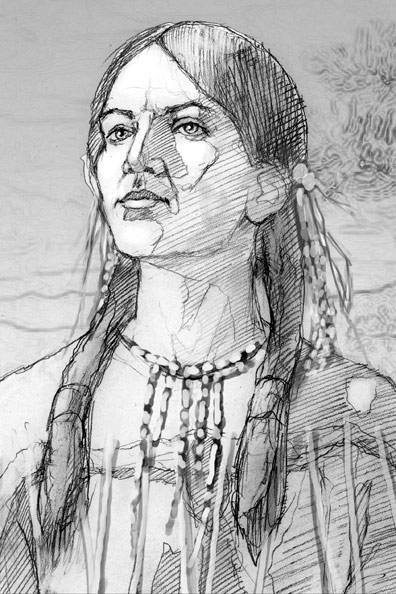

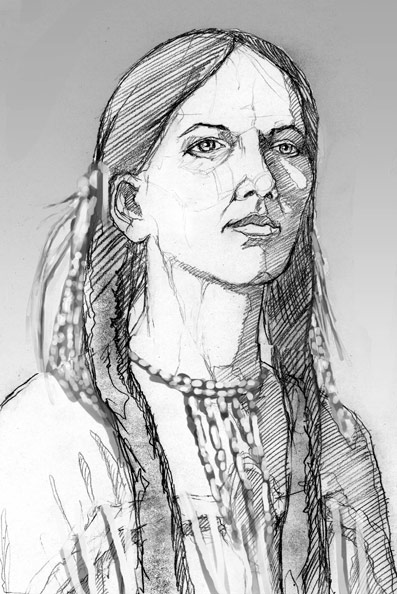
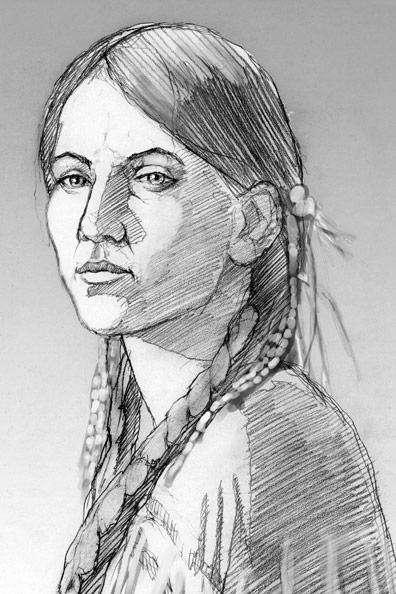
My client chose the camera-right-facing pose, you see, above.
You can order the book, written by Joseph Bruchac,
HERE.
My thanks to Harcourt Publishers, for the project, and to our model, Caitlin Brady, for helping re-create Sacajawea, for the world to see.
Allan Burch is an award-winning illustrator and portrait artist, providing solutions for editorial, book, advertising, and institutional projects.
•View more of his work»
•Sign-up for his newsletter»
•Purchase prints»
 Rupert Murdoch is the chair of News Corporation, the company that houses many newspapers, TV networks, and other vehicles for information, including Fox News and Dow Jones (the company that runs The Wall Street Journal). A while back, he was a TIME Magazine cover story, around the time he was trying to acquire Dow Jones, which he has since done. I decided to do a portrait of the man.
Rupert Murdoch is the chair of News Corporation, the company that houses many newspapers, TV networks, and other vehicles for information, including Fox News and Dow Jones (the company that runs The Wall Street Journal). A while back, he was a TIME Magazine cover story, around the time he was trying to acquire Dow Jones, which he has since done. I decided to do a portrait of the man.
